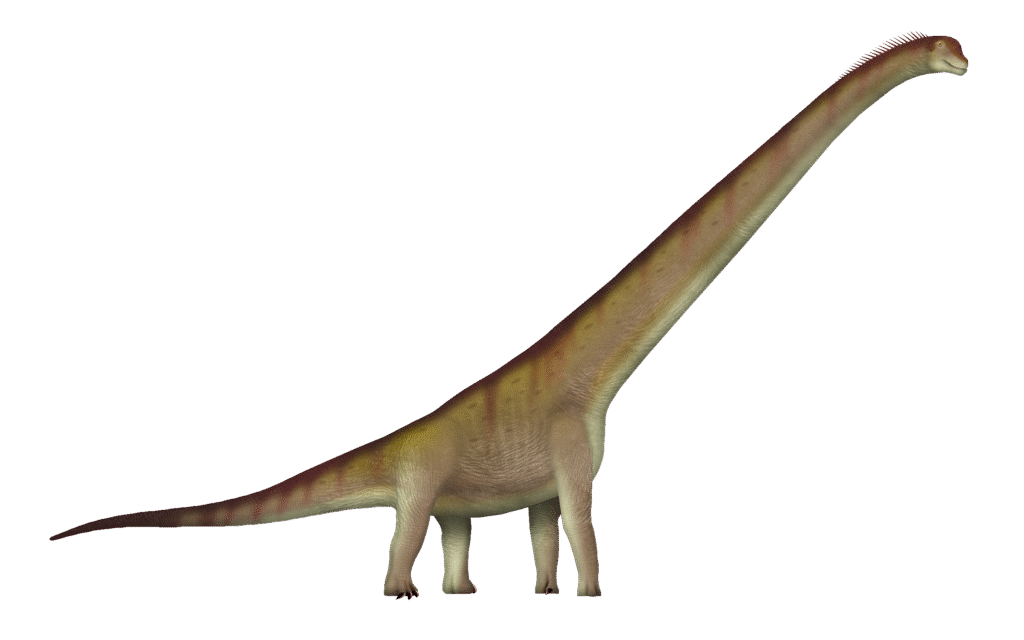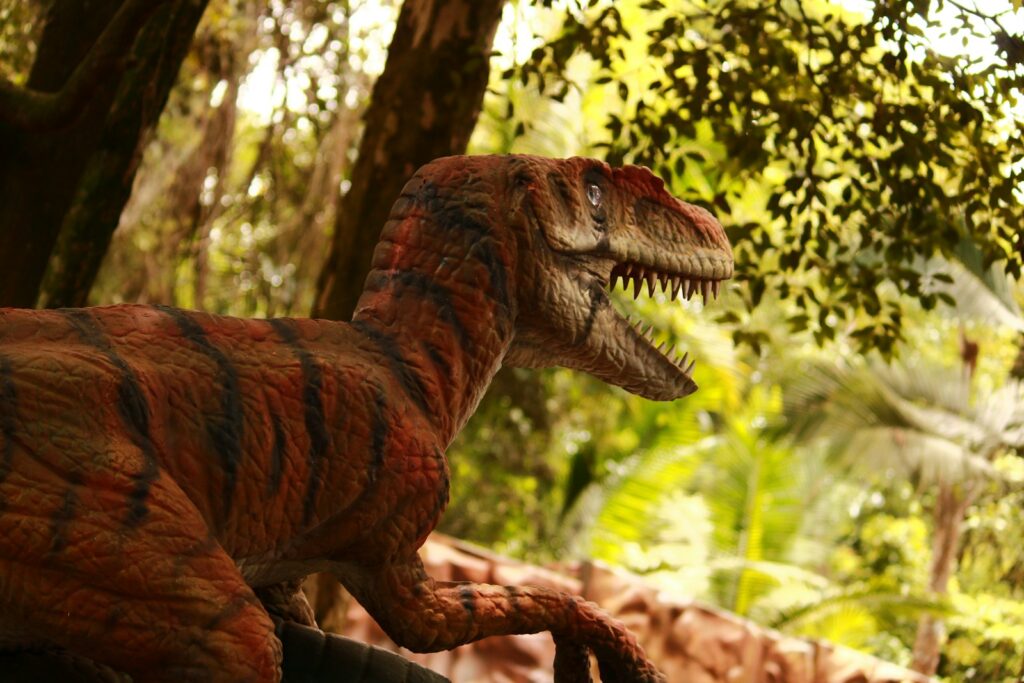When we think of dinosaurs, images of fearsome predators or massive plant-eaters often come to mind. We rarely consider their emotional lives or social behaviors beyond hunting or herd protection. Yet modern paleontology increasingly suggests that dinosaurs were complex creatures with sophisticated social structures and possibly even emotional responses. One particularly fascinating question has emerged in recent years: Could dinosaurs have mourned their dead? While we cannot definitively answer this question without a time machine, emerging fossil evidence and comparisons with living dinosaur descendants provide intriguing possibilities that challenge our traditional view of these ancient beings as merely instinct-driven animals.
The Challenge of Understanding Dinosaur Behavior
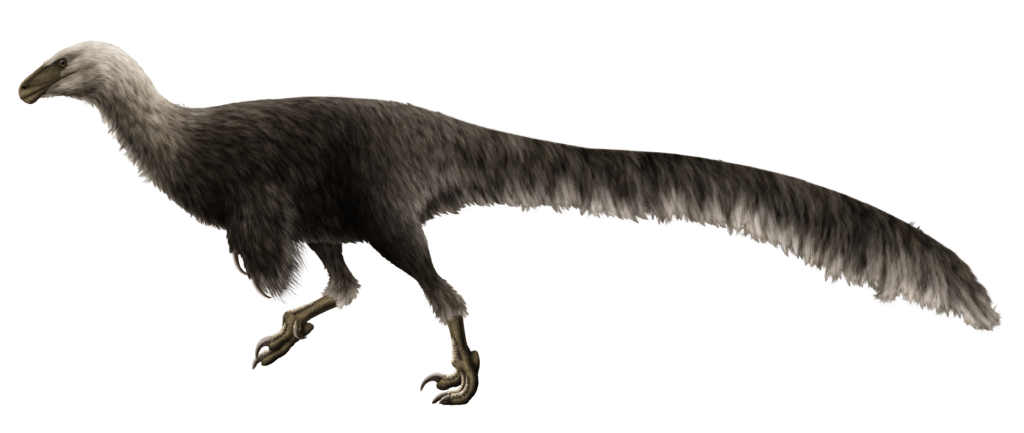
Interpreting the behavior of animals that vanished 66 million years ago presents unique scientific challenges. Unlike studying living animals, paleontologists cannot directly observe dinosaur behavior. Instead, they must rely on fossil evidence, comparative anatomy, and behavioral patterns in modern relatives. Fossilized remains can provide clues about physical characteristics, diet, and sometimes social groupings, but emotions leave no direct fossil record. Scientists must therefore piece together indirect evidence and make cautious inferences based on evolutionary relationships. This methodological limitation means that any conclusions about dinosaur mourning remain speculative, though increasingly grounded in scientific evidence. As paleontologist Jack Horner once remarked, “Behavior doesn’t fossilize, but sometimes behavior leaves traces that do.”
Modern Birds: The Living Dinosaurs
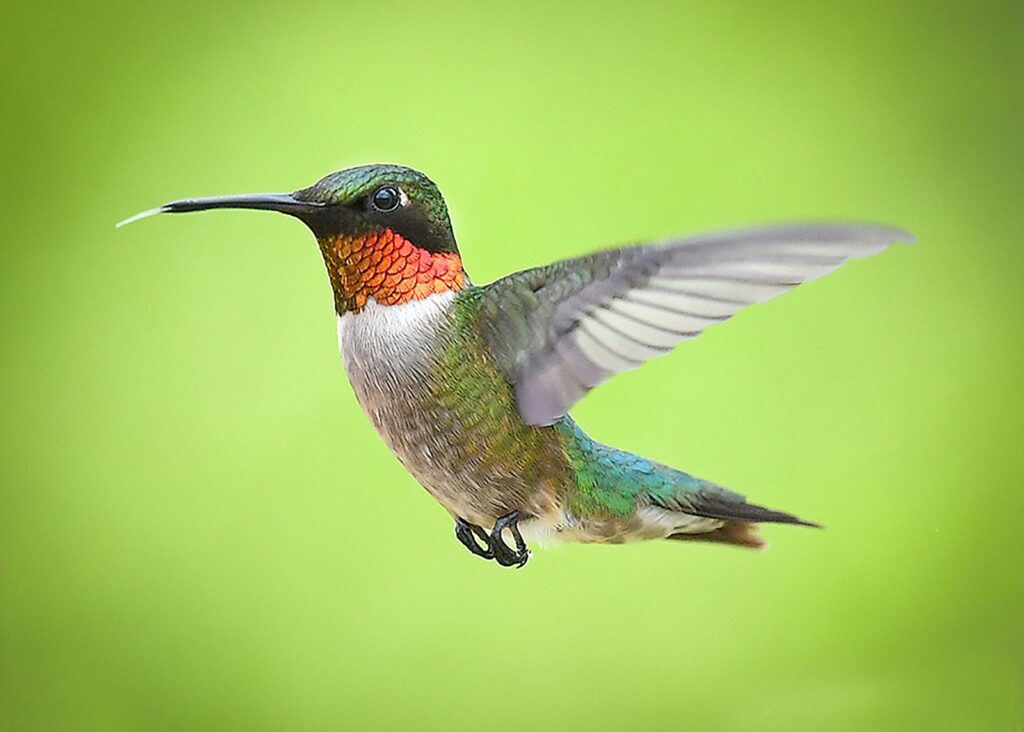
Birds are the direct descendants of theropod dinosaurs, making them essentially modern dinosaurs. Many bird species display complex social behaviors, including apparent mourning rituals. Crows, for instance, have been observed holding what appear to be “funerals” where they gather around deceased flock members, sometimes bringing objects as if leaving offerings. Western scrub jays cease foraging and gather around dead companions, calling out to alert others. Magpies have been documented placing grass next to deceased birds in what some researchers interpret as a primitive funeral ritual. These behaviors suggest that the capacity for recognizing and responding to death exists within the dinosaur family tree. If modern birds possess these capabilities, it raises the possibility that their dinosaur ancestors may have had similar behavioral predispositions, especially among the more cognitively advanced theropods that gave rise to modern avians.
Evidence from Dinosaur Fossil Assemblages

Some fossil discoveries have hinted at potential mourning or protective behaviors in dinosaurs. In Mongolia’s Gobi Desert, paleontologists discovered an adult Oviraptor fossilized while sitting on a nest, seemingly protecting its eggs despite an approaching sandstorm that would ultimately kill it. In another significant find, a group of six juvenile Psittacosaurus dinosaurs were found fossilized together with an adult, suggesting the adult may have been caring for the young when they died. Perhaps most compelling are the multiple instances of dinosaur mass graves, where members of the same species are found together, potentially indicating they lived and died as social groups. The famous “Fighting Dinosaurs” fossil showing a Velociraptor and Protoceratops locked in combat suggests these animals may have been fighting to protect themselves or others. While none of these examples definitively proves mourning behavior, they demonstrate social bonds that could form the foundation for emotional responses to death.
Brain Structure and Cognitive Capacity
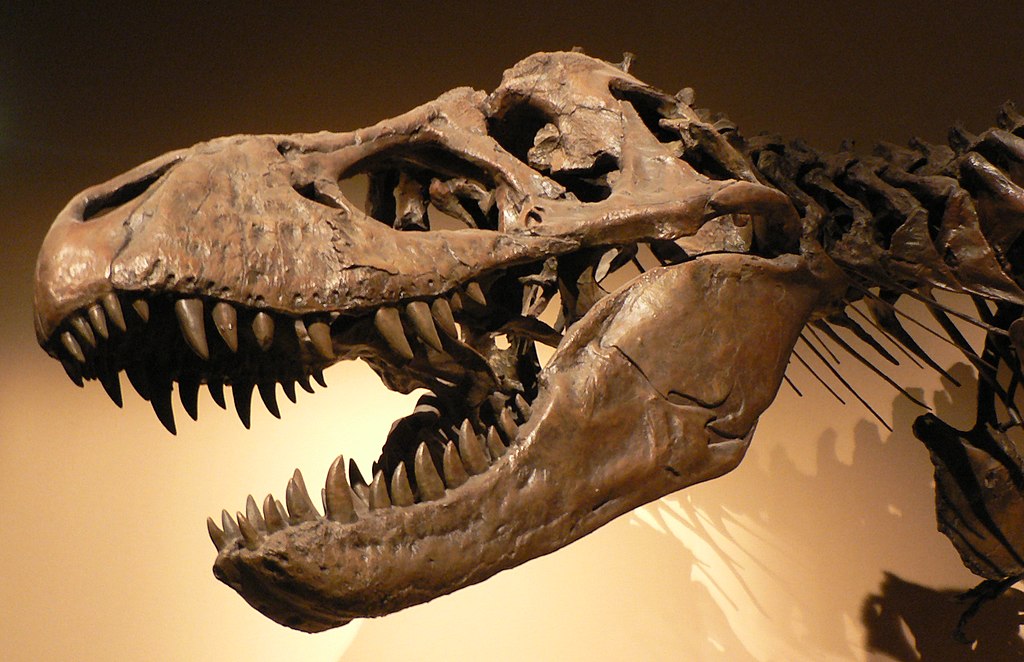
Advances in paleontotechnology have allowed scientists to study dinosaur brain structures through endocasts—three-dimensional models of brain cavities. These studies reveal that some dinosaurs, particularly theropods like Tyrannosaurus rex and dromaeosaurids (raptor family), had relatively large brains for their body size. The cerebrum—the part of the brain associated with higher cognitive functions in modern animals—was particularly well-developed in these species. Some dinosaurs also had expanded cerebellums, which coordinate complex movements and, in modern animals, can play a role in social learning. These neuroanatomical features suggest that certain dinosaurs possessed the neural hardware for complex behaviors beyond basic survival functions. While brain structure alone cannot confirm emotional capacity, it does indicate that some dinosaurs likely had the cognitive potential for recognizing death and possibly responding to it in socially meaningful ways, especially among the more advanced theropods that eventually evolved into birds.
Social Structures Among Dinosaurs

Fossil evidence increasingly supports the idea that many dinosaur species lived in complex social groups. Trackways showing multiple individuals traveling together, nesting colonies, and mass death assemblages all suggest that social living was common among dinosaurs. Hadrosaurs (duck-billed dinosaurs) appear to have traveled in large herds, offering protection and potentially creating strong social bonds. Ceratopsians like Triceratops show evidence of traveling in family groups or herds. Perhaps most compelling are the social structures evident in theropods like Deinonychus and Allosaurus, which some paleontologists believe hunted in coordinated packs. These social structures would have required sophisticated communication and possibly emotional bonds between individuals. The presence of these bonds forms a necessary foundation for mourning behavior, as grief typically stems from attachment. If dinosaurs formed strong social attachments within their groups, as the evidence suggests many species did, then some form of response to the death of group members seems plausible.
Maternal Care and Family Bonds
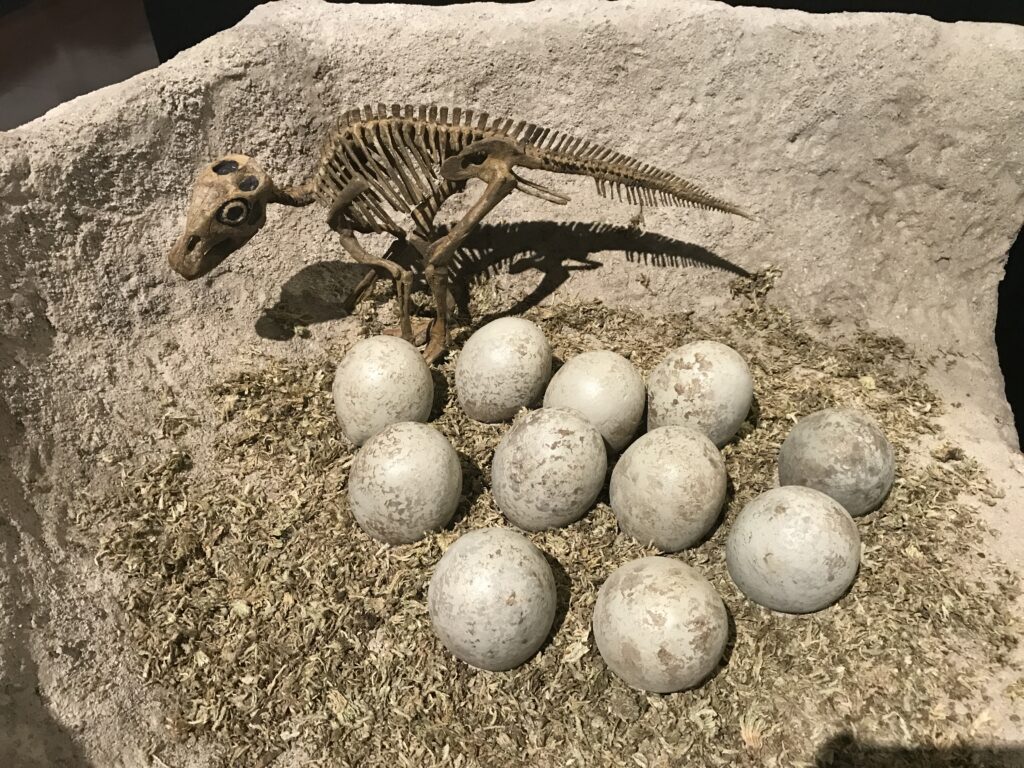
Dinosaur nesting sites provide compelling evidence for parental care behaviors that could indicate emotional capacity. Maiasaura, whose name means “good mother lizard,” left fossils suggesting adults brought food to nest-bound young and cared for them after hatching. Multiple oviraptorid fossils have been found sitting atop nests in brooding positions, suggesting they died while protecting their eggs—a significant behavioral investment. In the Cretaceous formations of Argentina, scientists discovered a nesting site of the sauropod Saltasaurus with hundreds of eggs arranged in clutches, indicating communal nesting and potentially shared parental duties. These behaviors demonstrate investment in offspring that goes beyond mere instinct. The evolutionary development of parental care often correlates with increased social complexity and emotional capacity in animals. The clear evidence of parental investment in many dinosaur species suggests they possessed the fundamental biological and behavioral foundations that could support mourning behaviors when family members died.
The Evolutionary Advantage of Mourning

From an evolutionary perspective, mourning behaviors serve practical purposes beyond emotional expression. In social animals, reactions to death help group members recognize potential dangers, avoid contamination, and reinforce social bonds through shared experiences. When elephants gather around their dead, they’re not just expressing grief but also transferring important survival information to younger generations. This functional approach to understanding mourning suggests that if dinosaurs lived in complex social groups, they may have evolved responses to death that served similar adaptive purposes. For dinosaurs traveling in herds or family groups, recognizing when a member had died from disease, predation, or environmental hazards would provide valuable survival information. The ability to register another’s death and adjust behavior accordingly—whether through avoidance, increased vigilance, or other responses—could have conferred significant survival advantages to social dinosaur species, making such responses more likely to evolve even without the emotional complexity humans associate with mourning.
Case Study: Maiasaura Bone Beds
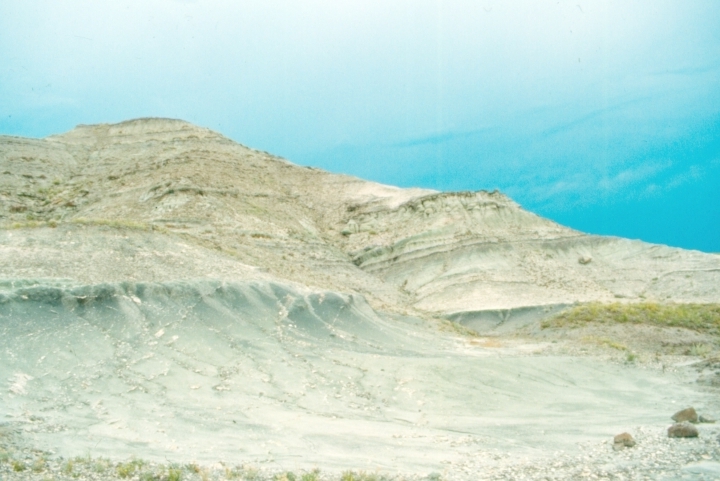
One of the most compelling potential examples of dinosaur mourning comes from the Maiasaura bone beds in Montana. These extensive fossil sites contain remains of multiple generations of Maiasaura, suggesting these hadrosaurs returned to the same nesting grounds year after year. Paleontologists have documented hundreds of individuals at different life stages within these deposits. Particularly interesting are clusters of juvenile Maiasaura found together, suggesting they lived in age-segregated groups similar to those seen in modern elephants. In several instances, the remains show evidence that individuals may have died at different times but in the same location, raising the possibility that some dinosaurs returned to places where others had died—behavior observed in modern elephants that’s interpreted as a form of mourning. While alternative explanations exist, such as coincidental deaths due to flooding or drought at resource-rich locations, the social complexity evident in these bone beds leaves open the possibility that these dinosaurs recognized and responded to the deaths of group members in meaningful ways.
Comparing Dinosaur Behavior to Modern Reptiles

While birds are the closest living relatives to dinosaurs, examining the behavior of modern reptiles can provide additional context for understanding potential dinosaur mourning. Most modern reptiles show limited parental care and social bonding, with some notable exceptions. American alligators and crocodiles, for instance, protect their young and respond to distress calls from offspring. Certain lizard species, like the desert night lizard, live in family groups where adults protect juveniles. However, no modern reptiles have been documented showing clear mourning behaviors comparable to those seen in birds or mammals. This presents an interpretive challenge: did dinosaurs possess more sophisticated emotional responses than modern reptiles, more like those seen in birds? The evolutionary relationship between dinosaurs and birds suggests the latter is more likely. The split between the dinosaur-bird lineage and other reptiles occurred deep in evolutionary history, meaning dinosaur behavior and emotional capacity may have been quite different from that of modern reptiles, potentially including more sophisticated responses to death.
The Neuroscience of Mourning
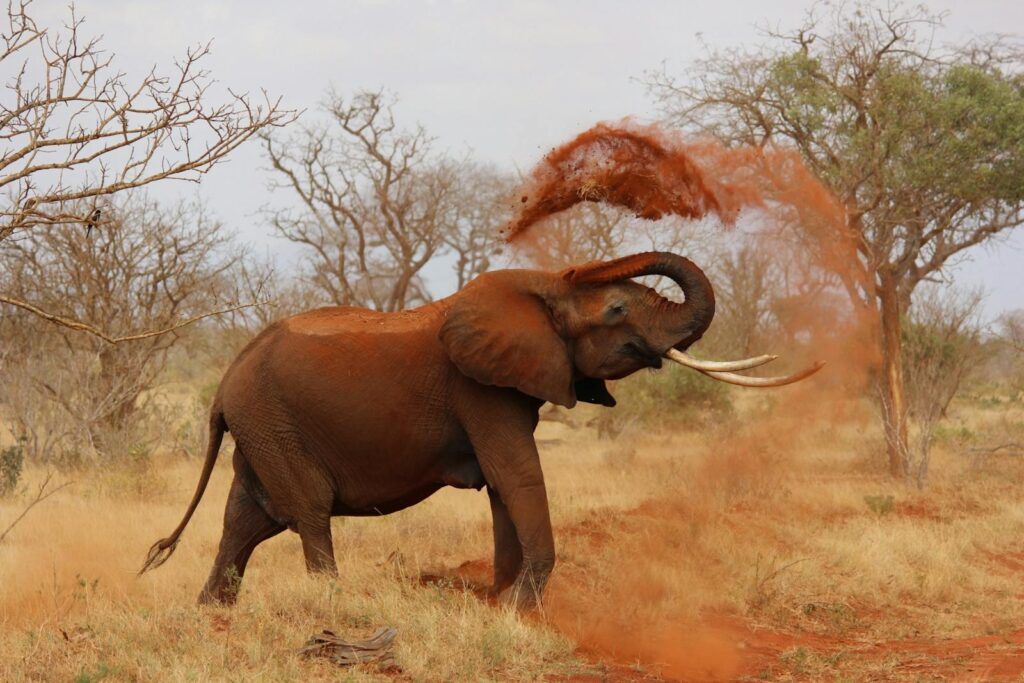
Understanding the neurological basis of mourning in modern animals provides insight into whether dinosaurs could have experienced similar states. In mammals, the limbic system—particularly the amygdala and anterior cingulate cortex—processes emotional responses, including grief. Birds possess analogous brain structures that fulfill similar functions despite their different brain organization. Evidence suggests these neurological components evolved early in vertebrate history, with primitive versions present in ancestral species. Dinosaurs, particularly the more advanced theropods, possessed enlarged brains with expanded regions corresponding to areas involved in emotional processing in modern animals. Endocasts of theropod brains reveal proportionally large forebrains, which house emotional processing centers in their modern descendants. While brain tissue doesn’t fossilize, these structural similarities suggest some dinosaurs possessed the neurological hardware necessary for complex emotional responses. This doesn’t prove they mourned their dead but indicates the biological foundation for such behaviors existed, particularly in species closely related to the ancestors of modern birds.
Cultural Interpretations of Dinosaur Behavior

How we interpret potential mourning behaviors in dinosaurs reflects not just scientific evidence but also cultural perspectives. Humans have a natural tendency to anthropomorphize animal behavior, attributing human-like emotions to actions that may have different motivations. This tendency can lead to both overinterpretation of dinosaur social behaviors and unjustified dismissal of the possibility of complex emotions in non-human animals. Early paleontologists often portrayed dinosaurs as slow, unintelligent creatures with minimal social complexity, reflecting the scientific understanding and cultural biases of their time. Modern science has dramatically revised this view, recognizing the diversity and sophistication of dinosaur adaptations and behaviors. Popular culture has similarly evolved, with films like “Jurassic Park” portraying dinosaurs as intelligent social animals. Finding the balance between acknowledging the complexity of dinosaur behavior while avoiding unwarranted anthropomorphism remains challenging. The question of dinosaur mourning highlights this tension between evidence-based reconstruction and the limits of inferring emotional states from the fossil record.
Future Research Directions

Advancing our understanding of potential dinosaur mourning behaviors will require multidisciplinary approaches combining traditional paleontology with comparative neuroscience, behavioral ecology, and new technologies. Continued fossil discoveries, particularly of social groups preserved together, may provide additional evidence for interpreting social responses to death. More sophisticated CT scanning and endocast technologies could reveal finer details of dinosaur brain structures, potentially illuminating their capacity for emotional responses. Expanded research on mourning behaviors in modern birds could strengthen our understanding of the evolutionary roots of these behaviors in the dinosaur-bird lineage. Experimental approaches using artificial intelligence to model potential dinosaur behaviors based on brain size, social structure, and evolutionary relationships might provide new insights. Taphonomic studies—examining how dinosaur remains became fossilized—might reveal patterns indicating deliberate treatment of bodies by conspecifics. While definitive proof of dinosaur mourning may remain elusive, these approaches could strengthen the case that some dinosaur species possessed the cognitive and social complexity necessary for meaningful responses to death.
Conclusion: The Plausibility of Dinosaur Mourning

While we cannot conclusively determine whether dinosaurs mourned their dead, the combined evidence makes it increasingly plausible that some species—particularly social theropods and certain ornithischians—may have recognized and responded to death in socially meaningful ways. The neural hardware, social structures, and behavioral complexity evident in the fossil record suggest that at least some dinosaurs possessed the biological foundations necessary for emotional responses to the death of group members. Their direct descendants, modern birds, demonstrate clear mourning-like behaviors, further strengthening this possibility. However, dinosaur mourning, if it occurred, would likely have differed significantly from human grief, just as mourning behaviors vary across modern species. Rather than definitively answering whether dinosaurs mourned their dead, perhaps the more nuanced conclusion is that the capacity for recognizing and responding to death appears to have deep evolutionary roots that likely included at least some dinosaur species. This perspective not only enhances our understanding of dinosaur behavior but also deepens our appreciation for the complex emotional lives of animals throughout evolutionary history.



